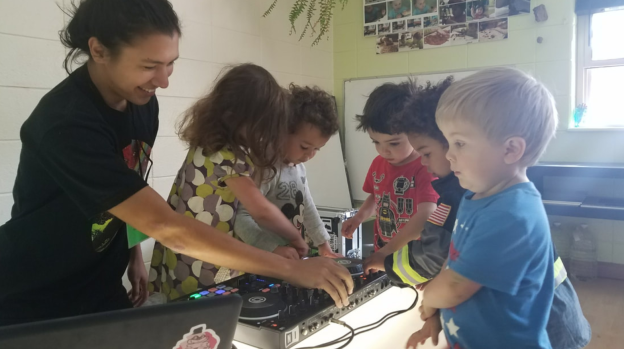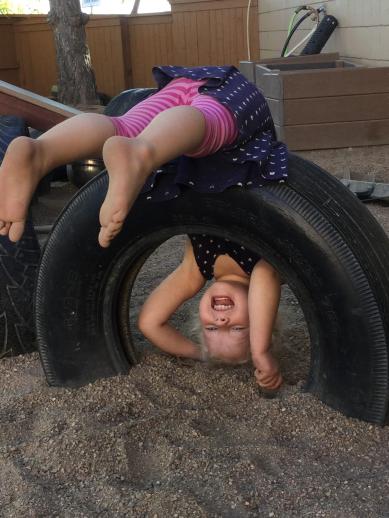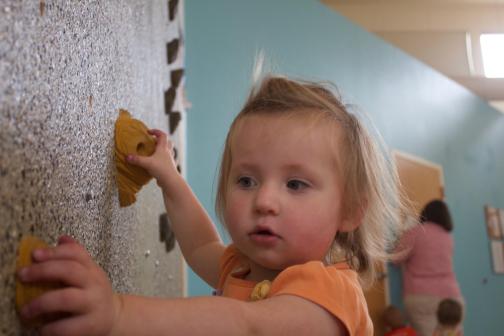This blog post examines classroom work stemming from the Boulder Journey School Teacher Education Program (BJSTEP) Fall course, Developmentally Appropriate Curriculum. Intern Teachers observe students, document their observations using a variety of tools, reflect on their documentation with colleagues, and develop and implement curriculum plans throughout the semester. Read more about the course here.
Learn more about applying to join the BJSTEP today!
The following reflections were offered by Mollie Lyne, a graduate student in the 2017-2018 BJSTEP cohort.

“Technology use in formal early childhood education (ECE) settings, such as preschools and child-care centers, may help shrink the digital divide in terms of both access and use for children in low-income families.”
- How Much and What Kind? Identifying an Adequate Technology Infrastructure for Early Childhood Education by Lindsay Daugherty, Rafiq Dossani, Erin-Elizabeth Johnson & Cameron Wright
Throughout studies in early childhood, technology has been a big uncertain topic within many generations. Often, the following question is asked:
Should we allow technology in the classroom?
At Boulder Journey School we say yes!
Technology can be found everywhere.
In the year 2017, we have everything from television programming at gas stations, digital readers on the bus, cameras in our cars, and iPads at the library. We are in the digital world, and we need to find ways for children to engage with it, to form healthy relationships with technology.
The 3-year-old children in Room 13 have been fascinated with music lately.
We have experienced it through the computer, on our record player, through the iPad at nap time, with a visitor bringing a guitar, with Sam, a teacher from another classroom, playing his ukulele outside, and through sharing our favorite songs.
I wondered how to offer a new form of music experiences to these children who are so widely experienced in music. This wondering let me to my roommate Jefferson.
Jeff is originally from Washington D.C. and moved to Boulder a couple years ago. In his free time he DJs at local venues and enjoys laying down new beats.
Question:
What would it look like for the children to experience Jeff’s turntable?
Answer:
Ask Jeff to present to the class how music can be manipulated and moved to create sounds that we have never heard before.

When we offer children the environment to engage with technology and explore it in their own time and space, a whole new understanding arises.
It is important for children to have the connection to technology to have a sense of how it works and in what ways we can manipulate and play.
When Jeff arrived, he did just that for us!
He showed us what buttons we could push.
When we pushed them the music moved.
“Woah, it squeaked!” -Nico
“I can hear the noises.” -Micah
“Can I push this one?”- Alexis
We spun the disk.
We pressed the on / off button.
We hit other buttons over and over again.
We twisted the knobs.
Then…
We listened.

We watched.

We tested.

We asked questions.
“Where does the music come from?”
“Why do you need headphones?”
“Why do you turn it all the time?”
“How can you make the music do that?”
We danced.

We were inspired.

We explored.

As a community we want to keep asking about technology in the classroom to help us comprehend the affordances of various technologies.
“Technology has great potential for supporting the learning needs of all young children ….”
- Using Technology in Reggio Emilia-Inspired Programs, Linda M. Mitchell
How do you embrace and explore technology with young children in your context? What technologies are you excited to use?












